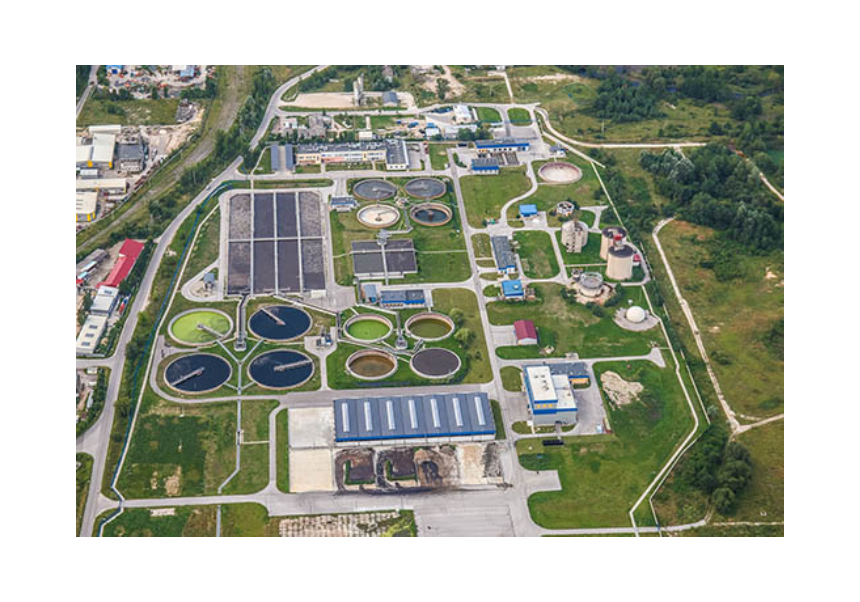
• The day to disseminate the results of the network in which the CIDE (CSIC-UV-GVA) participates, confirms that the illicit business generated by cocaine and cannabis, the drugs that stand out most in Spain, oscillate between 3,000 and the 6,000 million euros in the case of cocaine.
• ESAR-Net is a network currently formed by eight research groups from USC, University of Salamanca, Rey Juan Carlos University, IMDEA-Agua, CIDE (mixed center CSIC, University of Valencia and Generalitat Valenciana), Jaume I University, University Rovira i Virgili and IDAEA (CSIC Center in Barcelona).
The Spanish Network of Wastewater Analysis for Epidemiological Purposes (ESAR-Net) has just commemorated its three years of existence through a conference that has served to present the main results of the work done so far. With the online attendance of 200 people from Spain, Portugal and Latin America, USC researcher Rosario Rodil presented the preliminary results of the analysis of wastewater to measure the impact of the COVID-19 pandemic on substance abuse. Rodil highlighted that there were no significant changes in substance use, although specific events with very high concentrations of MDMA (ecstasy) were detected in wastewater from Spain and Portugal.
Rosa de Llanos, researcher at the Universitat Jaume I, for her part, delved into the methodology of wastewater analysis applied to the monitoring of the pandemic in the province of Castellón by measuring the RNA fragments of the virus, where it is clearly showing how the load of viral debris is increasing in wastewater in this second wave of the pandemic.
The aim of ESAR-Net is to disseminate the methodology of wastewater analysis for epidemiological purposes, as well as to promote collaboration in Spain in this field. In this line, the conference focused on how, thanks to the work of this network, it was found, among other findings, that cocaine and cannabis are the most prominent drugs in Spain, in addition to generating an illegal business ranging from 3,000 and 6,000 million euros, only in the case of cocaine. This research work involves the CIDE, whose laboratory has successfully passed the intercalibration exercises, with data from wastewater treatment plants in cities such as Valencia, Mallorca, Tarragona and Reus. The network member Lubertus Bijlsma of the University Jaume I, in relation to the consumption of illicit drugs, highlighted the relevance of carrying out sampling of greater geographical coverage and sustained over time.
The estimation of tobacco and alcohol consumption was another of the topics discussed by Ester López of IDAEA-CSIC. For both substances a good correlation was found in general with other indicators, although the advantage of analyzing wastewater is that it allows “discerning changes at a local level” and with a high complementary value. In this field, the network has found that the average alcohol consumption throughout Spain per year is 5.7 liters of pure ethanol per inhabitant over 15 years of age, after analyzing the wastewater from seventeen wastewater treatment plants, corresponding to thirteen Spanish cities, with slightly more than six million inhabitants. The network has also addressed tobacco consumption, extrapolating an average daily consumption of 2.2 mg of nicotine, equivalent to 2.8 cigarettes per person per day.
The other presentations were given by Begoña Brime and João Matias, from the Spanish Observatory on Drugs and Addictions and the European Monitoring Centre for Drugs and Drug Addiction (OEDA and EMCDDA), respectively. Begoña Brime focused her speech on presenting the different indicators that are being used in Spain to measure substance use and in particular those that are being used to measure the impact of the pandemic, highlighting the online surveys. João Matias, for his part, spoke about the most innovative indicators being implemented by the EMCDDA, also paying special attention to the pandemic situation, including wastewater analysis, online surveys or web search analysis, among others. Iria González Mariño from the University of Salamanca presented the potential of the wastewater technique to quickly and inexpensively measure exposure to chemical contaminants.
The inauguration of the day was led by the Government Delegate for the National Plan on Drugs, Azucena Marti, who stressed the importance of having various indicators “that allow us to follow the evolution of the consumption of substances of abuse, being the analysis of wastewater a very valuable indicator”. Then, the coordinator of ESAR-Net and professor at USC, José Benito Quintana, presented the history of the network and the main actions carried out.
ESAR-Net is a network, funded in 2017-2020 by the State Research Agency through the Network of Excellence program.
CIDE Communication









